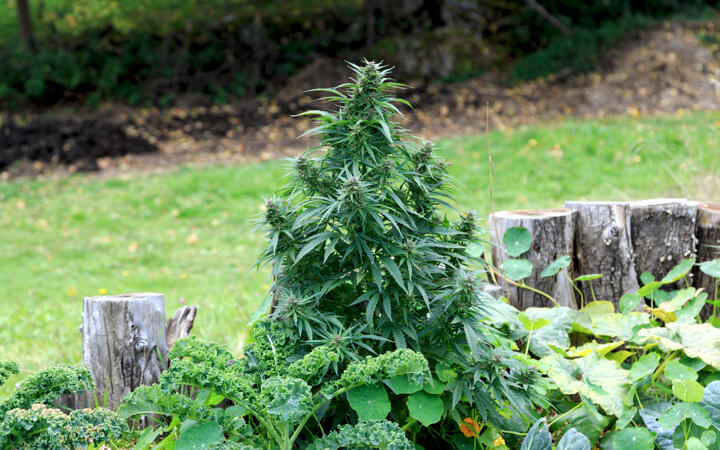In a groundbreaking move, an Ontario cannabis producer intends to plant a legal crop of open-air pot for the first time in Canada this spring.
Toronto-based 48North Cannabis Corp. announced this week that it is seeking Health Canada’s permission to plant 100 acres’ worth of cannabis (40 hectares) on a farm just south of Brantford by late May or early June.
/https://www.thestar.com/content/dam/thestar/news/cannabis/2018/12/05/an-ontario-cannabis-producer-wants-to-plant-canadas-first-legal-open-air-crop/alison_gordon_and_jeannette_vandermarel.jpg)
The benefits of outside growing — including the free sunshine — are as clear as day, says company co-head Jeannette VanderMarel.
“Cannabis is a plant that was meant to be grown outdoors,” VanderMarel says. “The only reason it moved indoors was because of the illegality of it.”
That indoor growth is energy-intensive, with the massive and expensive lighting arrays and heating systems needed to grow the plants on a commercial scale eating up loads of electricity and money, VanderMarel says. Aside from the lower operational costs of outside growing, she says the costs of buying land are far less than buying plants or building greenhouses.
“Currently, evaluations to build greenhouse space is around $1.5 million an acre,” VanderMarel says. “I bought 100 acres for $1.5 million.”
University of Guelph cannabis expert Youbin Zheng points out that indoor growing can produce multiple crops a year, where outdoor farming in the southern Ontario climate can yield just one.
VanderMarel says indoor space constraints limit plant size, where outdoor growing allows for towering cannabis jungles. “Outdoors there are (strains) that can grow up to 15 feet tall and produce up to 10 pounds” of usable buds on one plant, she says.
VanderMarel says the company is putting in security measures around the property to keep out would-be pot pilferers. This includes chain-link and barbed-wire fencing, cameras and vibration sensors around the farm’s perimeter, as well as patrolling security guards during flowering season.
“I have very robust security … that will certainly ensure that people will not get into my farm,” VanderMarel says. “And any attempt I will be aware of. I don’t see it as less secure than a greenhouse.”
VanderMarel says that during prohibition days many people in southern Ontario obtained licences for personal cannabis cultivation and that their breeding experiments produced a number of strains that grow particularly well in this climate. “There’s been a lot of, let’s say, backyard R&D on growing really great plants here.”
She says her company expects to plant four to six of these Ontario-friendly strains on the Brant County property. She says at least 90 per cent of the plants will be turned into oils, and most will be grown for recreational use.
Zheng says that indoor growing, using soil-free systems, allows producers to precisely adjust water, heat, light and nutrient levels to create consistency in their products over entire crops and generations. Outdoors, nutrient and water levels can very significantly from one corner of a field to another, while light levels and temperatures are set by fickle nature.
“It’s harder to get consistency outside,” he says.
VanderMarel agrees that indoor growing can produce far better product consistency, but says it’s “very expensive.”
She says her farm will produce organic products and that the cannabis plant is ideal for this type of farming. She says the terpenes that give cannabis its strong and distinct odours also act as natural insect repellents.
But Zheng points out that any outdoor crop is liable to be coated with pesticides used by upwind farmers growing such insect-vulnerable plants.
“In a field you’ve got contamination from all over,” he says. “For example farmers spray pesticides and the soil has previously existing contaminants like heavy metals or all the environmental pollutants (over which) you have no control.”
The 48North plants will be germinated inside at the company’s Brantford facility and planted as seedlings in the spring. They will be harvested between late September and mid-October.
VanderMarel expects that harvest will produce 40,000 kilograms or more of usable product, or 400 kilograms an acre. An acre of greenhouse space can produce 900 kilograms a year, she says.
– Forwarded from The Star

